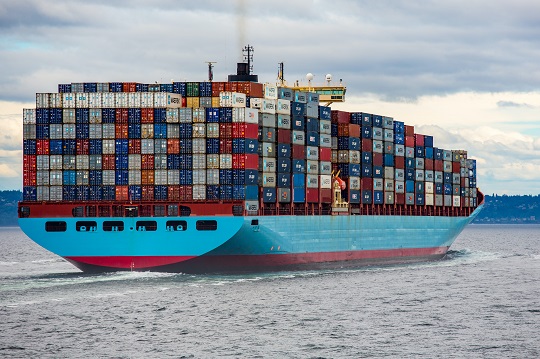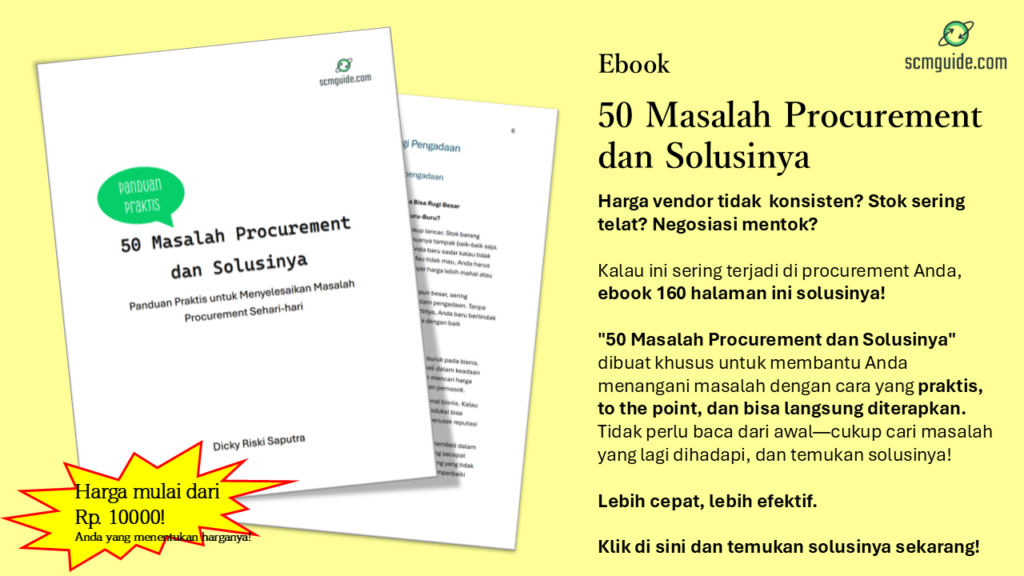Imagine this: you’ve meticulously planned every detail of your supply chain, ensuring that your products will arrive just in time to meet customer demands.
But then, you receive an alert – your shipment is stuck at a congested port, delayed indefinitely. Frustration, anxiety, and a looming sense of helplessness set in. If you’re a supply chain manager, this scenario is all too familiar.
Port congestion is a growing issue, disrupting schedules and throwing a wrench into even the best-laid plans.
Before we go further into this topic, don’t forget to follow my LinkedIn account. You’ll get more helpful insights on supply chain management there.
Table of Contents
Understanding Port Congestion
Port congestion occurs when ships cannot dock and unload their cargo in a timely manner due to various bottlenecks. These bottlenecks can be caused by several factors, including increased shipping volumes, labor shortages, and outdated port infrastructure.
For instance, major ports like Los Angeles and Long Beach have seen record levels of congestion in recent years, driven by a surge in e-commerce and global trade. This has resulted in ships waiting weeks to unload, creating significant delays and backlogs.
The impact of port congestion extends far beyond the ports themselves.
When shipments are delayed, the entire supply chain feels the effects. Manufacturers may run out of critical components, retailers might face empty shelves, and consumers can experience long wait times for their orders. This disruption can lead to increased costs as companies scramble to find alternative solutions, such as air freight or rerouting shipments to less congested ports.

Moreover, port congestion can exacerbate existing supply chain vulnerabilities.
For example, businesses that rely on just-in-time inventory systems may find themselves particularly hard-hit, as they have little buffer stock to absorb delays.
Similarly, companies with single-source suppliers or limited logistics flexibility may struggle to adapt, facing prolonged disruptions and potential loss of business.
Understanding the causes and effects of port congestion is crucial for supply chain managers. It allows them to anticipate potential problems and develop strategies to mitigate the impact.
By staying informed about current conditions at key ports and monitoring trends in global shipping, managers can make more informed decisions and take proactive measures to protect their supply chains.
You might also like:
- How to Navigate Global Shipping Delays: A Manufacturer’s Guide
- The Evolution of Supply Chain: Embracing New Challenges and Solutions
- Dealing with Numerous Audit Findings without Budget for Improvement
Immediate Actions to Take When Facing Port Congestion
When your materials or products are caught in port congestion, the first step is to stay calm and act strategically. Here are some immediate actions you can take:
- Communication: Keep open lines of communication with shipping companies and port authorities. Real-time updates can provide critical information on expected delays and possible solutions. Use this information to keep your stakeholders informed and manage their expectations.
- Diversion: Sometimes, the quickest route is a detour. Evaluate alternative ports or shipping routes that might be less congested. This might incur additional costs, but it can save valuable time and maintain your supply chain flow.
- Prioritization: Not all shipments are created equal. Assess which items are most critical to your operations and prioritize those. Work with your logistics partners to expedite the movement of these essential goods.
- Expedited Shipping: For critical shipments, consider using expedited shipping methods, such as air freight, to bypass congested ports. While this can be more costly, it ensures timely delivery of high-priority items.
- Increased Warehousing: If port congestion is causing significant delays, increasing warehousing capacity can provide a buffer. By holding more inventory closer to the point of demand, you can mitigate the impact of delayed shipments.
- Leverage Relationships: Utilize relationships with logistics providers to get preferential treatment. Strong relationships can sometimes lead to priority unloading or faster processing times.
- Cross-Docking: Implement cross-docking strategies to quickly transfer goods from incoming to outgoing transportation without long-term storage. This can help speed up the movement of goods through congested areas.
Long-Term Strategies to Mitigate Port Congestion Risks
While immediate actions are necessary, developing long-term strategies is crucial for building resilience against future disruptions. Here are some additional strategies to consider:
- Supplier Diversification: Relying on a single supplier or port is a recipe for disaster. Diversify your supply base across different regions to minimize the impact of localized congestion.
- Inventory Management: Shift from just-in-time to just-in-case inventory strategies. Holding safety stock can provide a buffer against delays, ensuring you can continue operations even when shipments are late.
- Technology Adoption: Invest in supply chain visibility tools. Advanced tracking and forecasting technologies can help you anticipate congestion and adjust plans proactively.
- Collaboration: Strengthen partnerships with logistics providers. Collaborative planning and shared resources can lead to more flexible and robust supply chain solutions.
- Flexible Contracts: Negotiate flexible contracts with suppliers and logistics providers that allow for adjustments in delivery schedules and routes based on real-time conditions.
- Enhanced Forecasting: Utilize advanced analytics and AI to improve demand forecasting. Better forecasts can help you plan shipments more effectively and avoid congestion-prone periods.
- Infrastructure Investment: Advocate for and invest in improved infrastructure at key ports. Supporting initiatives that enhance port capacity and efficiency can have long-term benefits for your supply chain.
- Decentralized Distribution: Develop a decentralized distribution network with multiple warehouses and fulfillment centers. This approach reduces dependency on any single port or region, enhancing overall supply chain resilience.
- Risk Management Plans: Develop comprehensive risk management plans that include scenarios for port congestion. Regularly review and update these plans to ensure they remain relevant and effective.
- Supplier Collaboration: Work closely with suppliers to improve their own logistics and shipping practices. Encourage them to adopt best practices that minimize delays and enhance overall supply chain efficiency.
Case Studies
Consider the example of a major electronics manufacturer that faced severe delays due to port congestion in 2020.
By diverting some of their shipments to less congested ports and utilizing air freight for critical components, they managed to keep production lines running.
In another instance, a retail giant implemented an AI-driven supply chain visibility platform, which alerted them to potential delays weeks in advance, allowing them to reroute shipments and adjust inventory levels accordingly.
Conclusion
Port congestion is a challenging reality for supply chain managers, but with the right strategies, its impact can be mitigated.
By maintaining open communication, exploring alternative routes, prioritizing shipments, and investing in long-term resilience, you can navigate these waters more smoothly.
The key is to stay informed, adaptable, and proactive in your planning.
Have you faced issues with port congestion in your supply chain?
Share your experiences and the strategies that worked for you in the comments below. And don’t forget to subscribe to our blog for more insights and tips on managing your supply chain effectively.
I hope you find it helpful!
Please share this article with your colleagues so they can also benefit. For more insights on supply chain management, follow my LinkedIn account. You’re free to use all articles on this blog for any purpose, even for commercial use, without needing to give credit.

 by
by 


